
Starting June 1st, 2023 Our warehouse fee will be $0.65/cubic foot per month
In effort to lower the warehouse storage fee during inflation, we have went narrow aisle racking.This construction took us four months but the project is finally completed. With narrow aisle racking, we are able to drop storage by 24%.We as partners will go through this inflation together.
02/19/2025
The Goods and Services Tax (GST) is a value-added tax levied on most goods and services, simplifying the taxation system while ensuring compliance and transparency. As a crucial part of modern economies, GST eliminates cascading taxes, streamlines business operations, and impacts both consumers and enterprises. Understanding how GST works, its rates, and compliance requirements is essential for businesses to avoid penalties and maximize tax benefits. In this guide, Worldcraft Logistics will break down everything you need to know about GST, from registration and invoicing to filing and remittance, helping you stay compliant and informed.
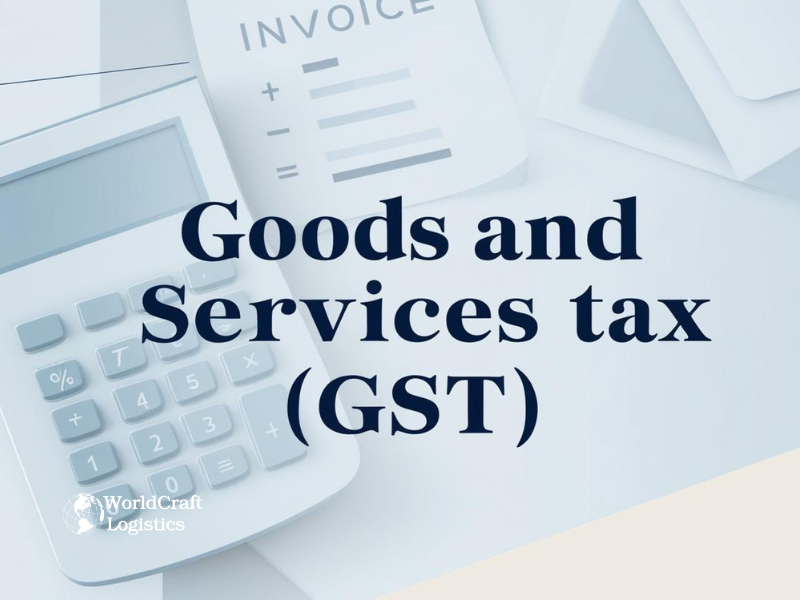
Goods and Services Tax (GST) is defined as a consumption-based indirect tax levied on the supply of goods and services at every stage of the supply chain, from manufacturing to final sale. Designed to replace various indirect taxes such as VAT, excise duty and service tax, GST simplified taxation by ensuring a uniform structure.
Implemented in many countries, GST follows a value-added model, meaning businesses collect tax on sales and claim tax credits for taxes paid on inputs, reducing the tax burden and preventing double taxation. The system enhances transparency, improves tax compliance and contributes to economic efficiency.
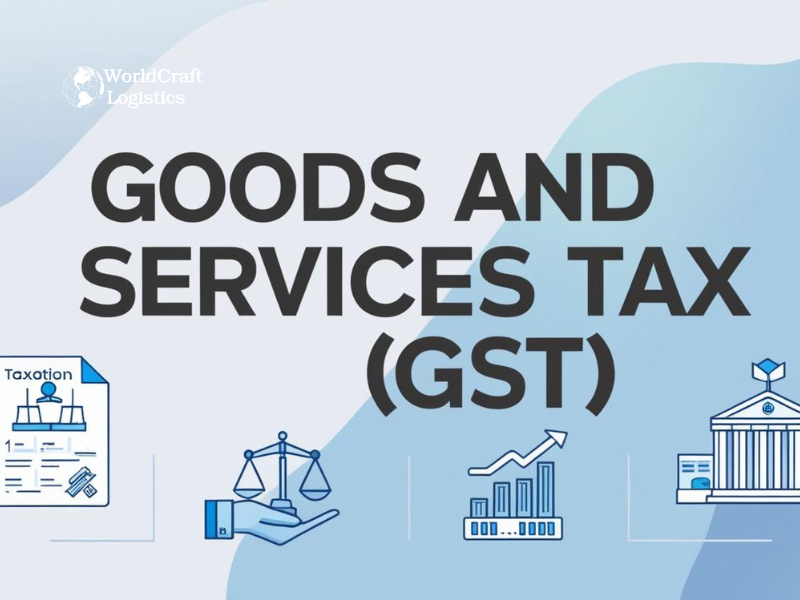
>>> Read more:
👉 Monthly Recurring Revenue (MRR): Calculate and Tips Optimization
👉 What is Power of Attorney (POA)? Types, Uses, and Benefits
In some countries, the Goods and Services Tax (GST) follows a dual structure, where taxation authority is shared between central and regional governments. This system ensures a fair distribution of tax revenue while maintaining uniformity in taxation policies.
Central GST (CGST): Collected by the national government on intra-state transactions.
State GST (SGST) / Provincial GST (PGST): Collected by individual states or provinces for the same intra-state sales.
Integrated GST (IGST): Applied to inter-state and international transactions, collected by the central government and later distributed to states.
India: CGST + SGST for intra-state sales, IGST for inter-state transactions.
Canada: Federal GST + Provincial Sales Tax (PST) or a Harmonized Sales Tax (HST) in some provinces.
This structure ensures revenue-sharing between federal and state governments while maintaining a seamless tax credit system for businesses.
Goods and Services Tax (GST) rates vary by country and are structured into different slabs based on the type of goods and services. While some essential items are exempt or taxed at lower rates, luxury goods and non-essential services often attract higher GST rates.
Most countries implement a tiered tax structure, including:
Exempt (0%) – Essential goods like basic food items, healthcare, and educational services.
Reduced Rate (5-10%) – Common consumer goods, public transport, and select essential services.
Standard Rate (10-20%) – General goods and services, including electronics and clothing.
Higher or Luxury Rate (Above 20%) – Luxury items, tobacco, alcohol, and high-end consumer goods.
India: 0%, 5%, 12%, 18%, and 28% (luxury and sin goods).
Canada: 5% federal GST + provincial tax (varies by province).
Australia: Flat 10% on most goods and services.
Singapore: 9% (effective 2024).
European Union (VAT-based): Ranges from 17% to 27%, depending on the country.
Understanding GST rates helps businesses price their products correctly and remain tax-compliant. Always check local tax regulations for the most up-to-date rates.
Businesses registered for Goods and Services Tax (GST) must comply with specific legal and financial obligations to ensure proper tax collection and remittance. Failure to meet these responsibilities can lead to penalties and legal consequences.
Businesses must charge GST on taxable goods and services at the applicable rate.
Properly itemized invoices must be issued to customers, clearly displaying GST charges.
Businesses must file periodic GST returns (monthly, quarterly, or annually, depending on regulations).
Collected GST must be remitted to the tax authority within the specified deadlines.
Businesses must keep proper records of sales, purchases, tax invoices, and input tax credits.
Records must be retained for a specified period (varies by country, typically 5-7 years).
Businesses can claim ITC on GST paid for purchases used in their operations.
ITC claims must be properly documented and match supplier records.
5. Displaying GST Registration
Businesses must display their GST registration number on invoices and business premises (if required by law).
Any changes in business structure, address, or GST status must be reported to tax authorities.
Understanding and adhering to these responsibilities ensures GST compliance, avoids penalties, and enables businesses to operate smoothly within the tax framework.
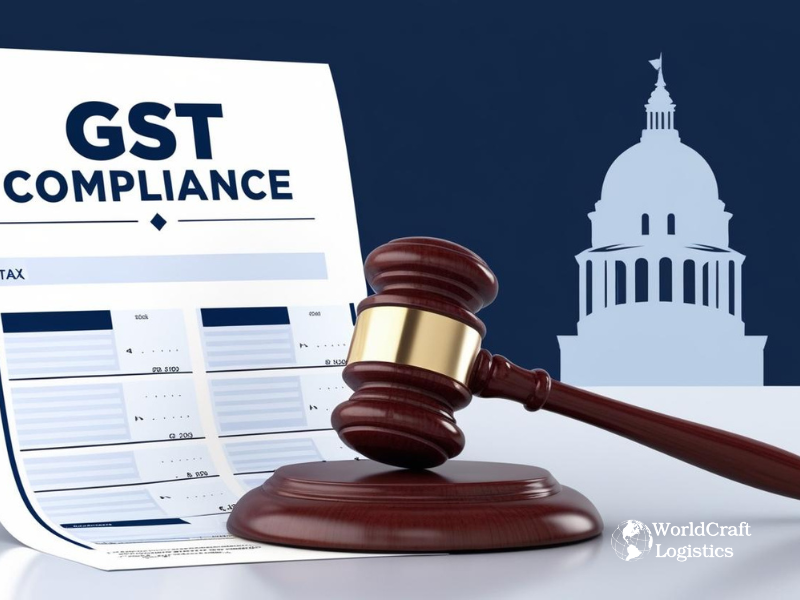
For GST-registered businesses, proper invoicing, transparent price display, and accurate record-keeping are essential for compliance and smooth operations. Failure to follow these guidelines can lead to penalties and audits.
A GST invoice must include:
Business name, address, and GST registration number
Invoice number and date of issue
Customer’s details (if applicable)
Description of goods/services supplied
GST rate and amount separately displayed
Total invoice amount (including GST)
Businesses must clearly state whether the price is inclusive or exclusive of GST.
For B2C (business-to-consumer) sales, many jurisdictions require prices to be displayed inclusive of GST.
For B2B (business-to-business) sales, prices are often listed exclusive of GST with a separate tax breakdown.
Maintain sales and purchase records, tax invoices, and GST returns.
Retain records for at least 5-7 years (varies by country).
Use accounting software or digital tools to ensure accurate tracking.
Keep records accessible for GST audits and verification.
Following these practices ensures compliance, facilitates tax audits, and helps businesses claim input tax credits (ITC) efficiently.
Feature | Goods and Services Tax (GST) | Value-Added Tax (VAT) | Sales Tax | Excise Duty | Customs Duty |
Definition | A consumption-based indirect tax applied at each stage of the supply chain. | A multi-stage tax levied on the value added at each stage of production and distribution. | A single-stage tax collected at the point of sale. | A tax on specific goods (e.g., alcohol, tobacco) at the manufacturing stage. | A tax on goods imported into a country. |
Tax Collection | Collected at each stage of supply with an input tax credit system. | Collected at each stage with input tax credits similar to GST. | Charged only at the final sale to the consumer. | Collected from manufacturers or producers. | Collected by customs authorities at the border. |
Applicability | Applies to both goods and services. | Applies to both goods and services. | Generally applies only to goods. | Applies to specific goods, usually non-essential or harmful products. | Applies to imported goods. |
Tax Burden | Passed on to the end consumer. | Passed on to the end consumer. | Passed on to the consumer at the point of sale. | Passed on to the consumer through increased product prices. | Passed on to importers and indirectly to consumers. |
Input Tax Credit (ITC) | Businesses can claim ITC on GST paid for inputs. | Businesses can claim ITC on VAT paid for inputs. | No ITC mechanism; tax is final at the point of sale. | No ITC; included in product pricing. | No ITC; included in product pricing. |
Usage Countries | India, Canada, Australia, Singapore, Malaysia | EU countries, UK, South Africa | USA (some states), Japan | USA, India, Canada, UK | Worldwide, varies by country |
This comparison highlights how GST differs from VAT, sales tax, excise duty, and customs duty, making it a more streamlined and credit-friendly tax system for businesses.
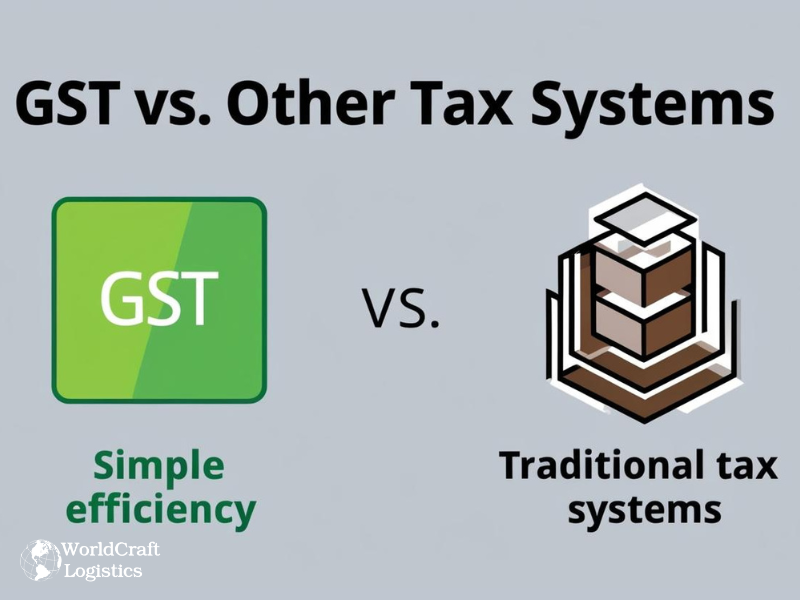
>>> Read more: Certified vs. Registered Mail: Key Differences & Uses Explained
Registering for Goods and Services Tax (GST) is mandatory for businesses exceeding the prescribed turnover threshold or those engaged in specific taxable activities. Below is a step-by-step guide to GST registration.
Businesses exceeding the annual turnover threshold (varies by country).
Entities involved in inter-state trade or e-commerce.
Exporters and importers.
Service providers crossing the turnover limit.
Businesses supplying taxable goods and services.
✅ Step #1: Gather Required Documents
Business registration certificate or license.
Identity and address proof of the busines
Bank account details.
Proof of business address.
Digital signature (if required).
✅ Step #2: Visit the Official GST Portal
Access the government’s GST registration website (varies by country).
Select ‘New Registration’ and fill in business details.
✅ Step #3: Submit Application Online
Provide business details, tax identification number, and contact information.
Upload required documents.
Verify via OTP (One-Time Password) or digital signature.
✅ Step #4: Receive GST Identification Number (GSTIN)
After verification, a unique GSTIN is issued.
Businesses must use GSTIN on invoices and tax filings.
Following this guide ensures smooth GST registration and compliance with tax regulations.
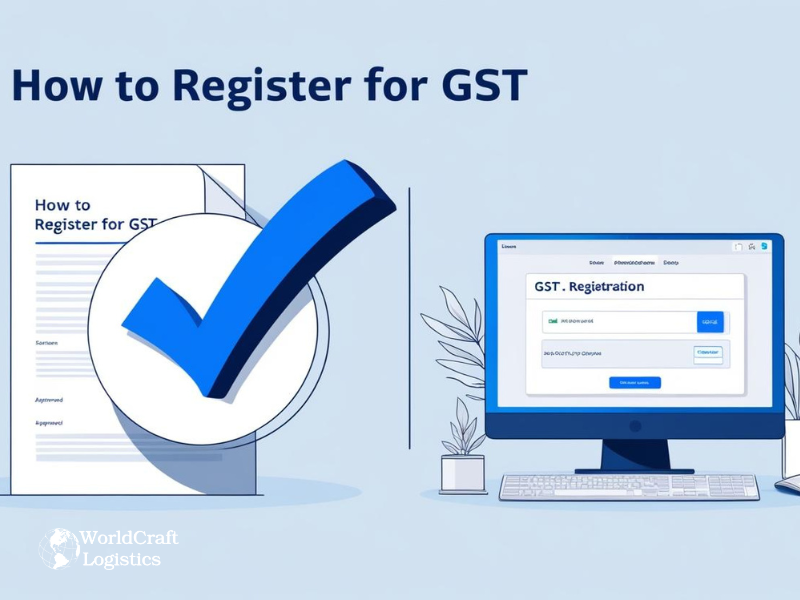
Filing and remitting Goods and Services Tax (GST) is a crucial responsibility for businesses registered under the GST system. Below is a step-by-step guide to ensure compliance and avoid penalties.
The filing frequency depends on business turnover and tax regulations in your country:
Monthly GST Returns: Required for large businesses exceeding a specific turnover threshold.
Quarterly GST Returns: Available for small and medium businesses under a simplified tax scheme.
Annual GST Returns: Some jurisdictions allow annual filings for small businesses with minimal transactions.
Check your country’s tax authority guidelines to determine your filing frequency.
Before filing, businesses must ensure they have accurate tax records, including:
✅ Sales Invoices (GST Output Tax): Details of GST collected from customers.
✅ Purchase Invoices (GST Input Tax): GST paid on business-related expenses.
✅ GST Credit/Debit Notes: Any adjustments to invoices affecting tax liability.
Use accounting software or government-approved GST portals to generate accurate GST reports.
Most countries require electronic GST filing through a government tax portal. Follow these steps:
1️⃣ Log in to the official GST website.
2️⃣ Select the relevant GST return form based on your business category.
3️⃣ Enter sales, purchases, and tax details accurately.
4️⃣ Verify input tax credits (ITC) to claim deductions.
5️⃣ Submit the return and receive a confirmation receipt.
💡 Some jurisdictions offer auto-populated returns, reducing manual entry errors.
Once the return is filed, businesses must pay any outstanding GST amount:
Electronic Payment: Most countries provide online banking, debit/credit card, or e-wallet options.
Bank Transfer: Direct payment to the tax authority’s bank account.
Over-the-Counter (OTC) Payment: Available in some jurisdictions for small businesses.
📌 Late payments may incur penalties and interest charges, so ensure timely remittance.
Maintaining proper records is essential for audits and tax reviews. Businesses should keep:
Invoices and receipts for sales and purchases.
GST filing confirmation receipts.
Bank transaction proof of tax payments.
Adjustments or credit claims documentation.
These records should be stored for at least 5–7 years, depending on the country’s tax laws.
Filing and remitting GST correctly ensures compliance with tax laws, avoids penalties, and helps businesses manage cash flow efficiently. Using automated tax filing software or seeking professional advice can simplify the process.
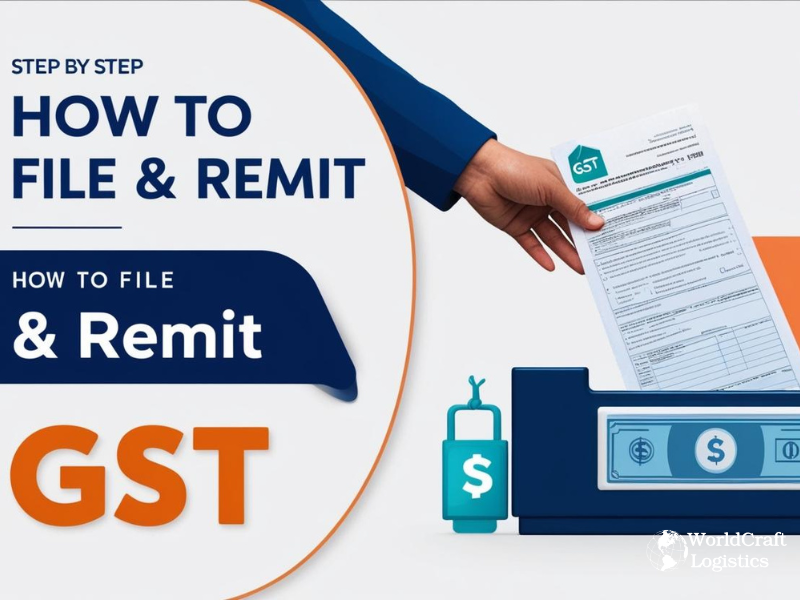
You need to pay Goods and Services Tax (GST) if you are a GST-registered business selling taxable goods and services. Consumers indirectly pay GST as part of their purchase, while businesses collect and remit it to the tax authority.
Your GST liability depends on whether you are a registered business and the tax rate applicable to your goods or services. You can check your GST registration status and obligations through your country's tax portal.
Goods under GST include physical products such as electronics, clothing, automobiles, and food products. However, essential items like basic food staples or medical supplies may be taxed at a lower rate or exempt.
For example, if a product costs $100 and the GST rate is 10%, the total price a customer pays is:
100 +(100 × 10%) = 110
Here, $10 is the GST amount, which the seller must remit to the government.
As of recent data, Hungary has the highest standard GST/VAT rate at 27%. Other countries with high GST rates include Denmark, Sweden, and Norway (25%).
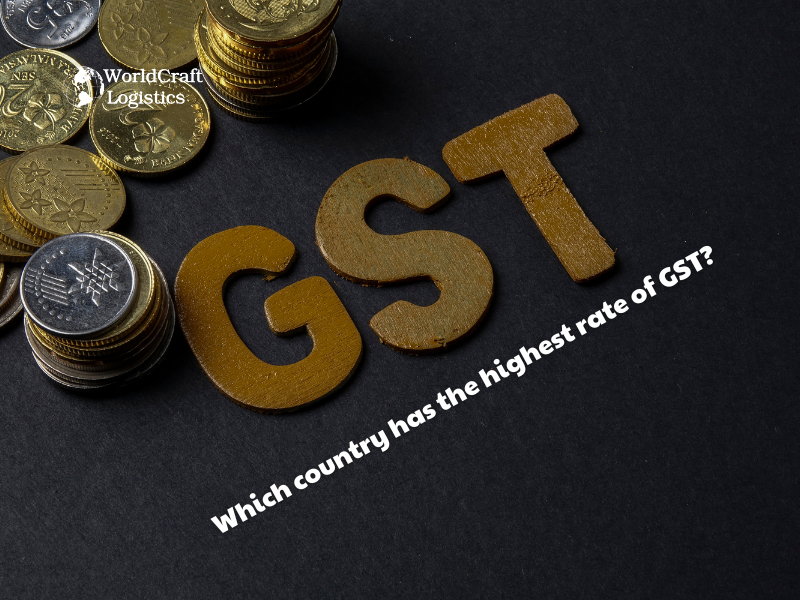
Input Tax Credit (ITC) allows businesses to deduct the GST paid on purchases (inputs) from the GST collected on sales (outputs). This prevents tax cascading and reduces the overall tax burden.
The filing frequency depends on your business size and tax regulations:
Monthly: Large businesses.
Quarterly: Small and medium businesses.
Annually: In some cases, for small businesses under simplified tax schemes.
Non-compliance can result in:
Fines and penalties for late filing or payment.
Interest charges on outstanding tax dues.
Legal action in severe cases of tax evasion.
GST and Value-Added Tax (VAT) are similar but have slight differences:
GST is a single tax applied at different stages of the supply chain.
VAT operates similarly but may involve different administrative procedures depending on the country.
The Goods and Services Tax (GST) is a crucial indirect tax that simplifies taxation by replacing multiple levies and ensuring transparency in the economy. Understanding its structure, rates, compliance requirements, and filing procedures helps businesses stay legally compliant while optimizing tax benefits like Input Tax Credit (ITC). Whether you are a business owner or a consumer, staying informed about GST regulations ensures smooth transactions and prevents unnecessary penalties. As tax laws evolve, keeping up with updates from your country’s tax authority is essential for hassle-free compliance.
SEO
Digital Marketing/SEO Specialist
Simon Mang is an SEO and Digital Marketing expert at Wordcraft Logistics. With many years of experience in the field of digital marketing, he has shaped and built strategies to effectively promote Wordcraft Logistics' online presence. With a deep understanding of the logistics industry, I have shared more than 500 specialized articles on many different topics.
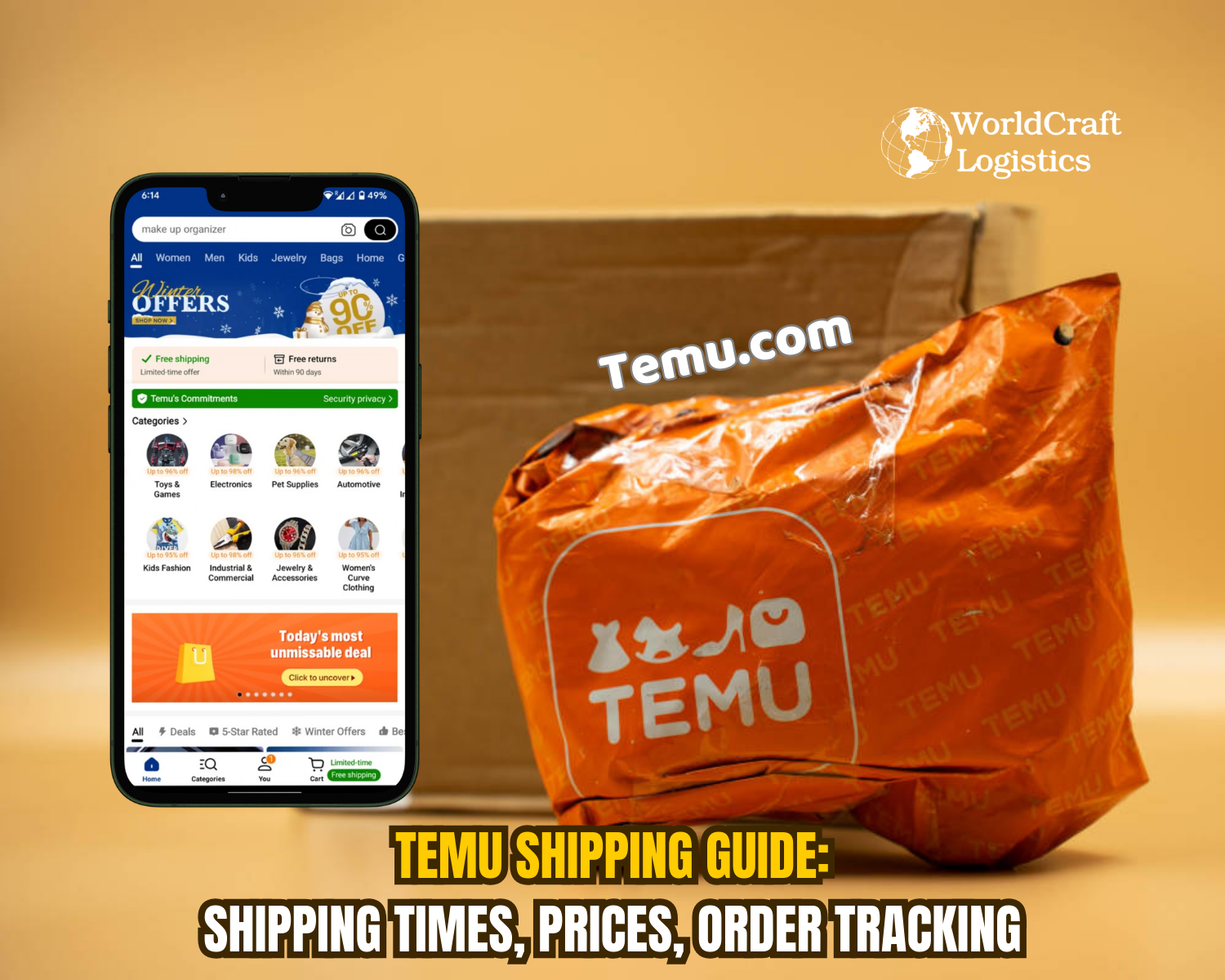
Education
01/05/2025

Education
02/18/2025
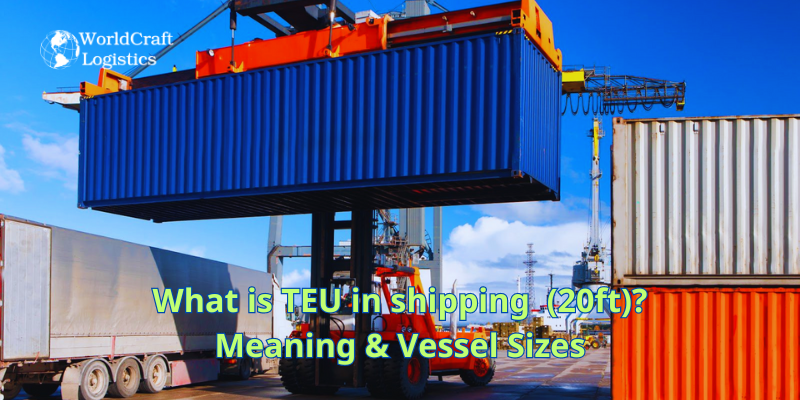
Education
01/01/2024
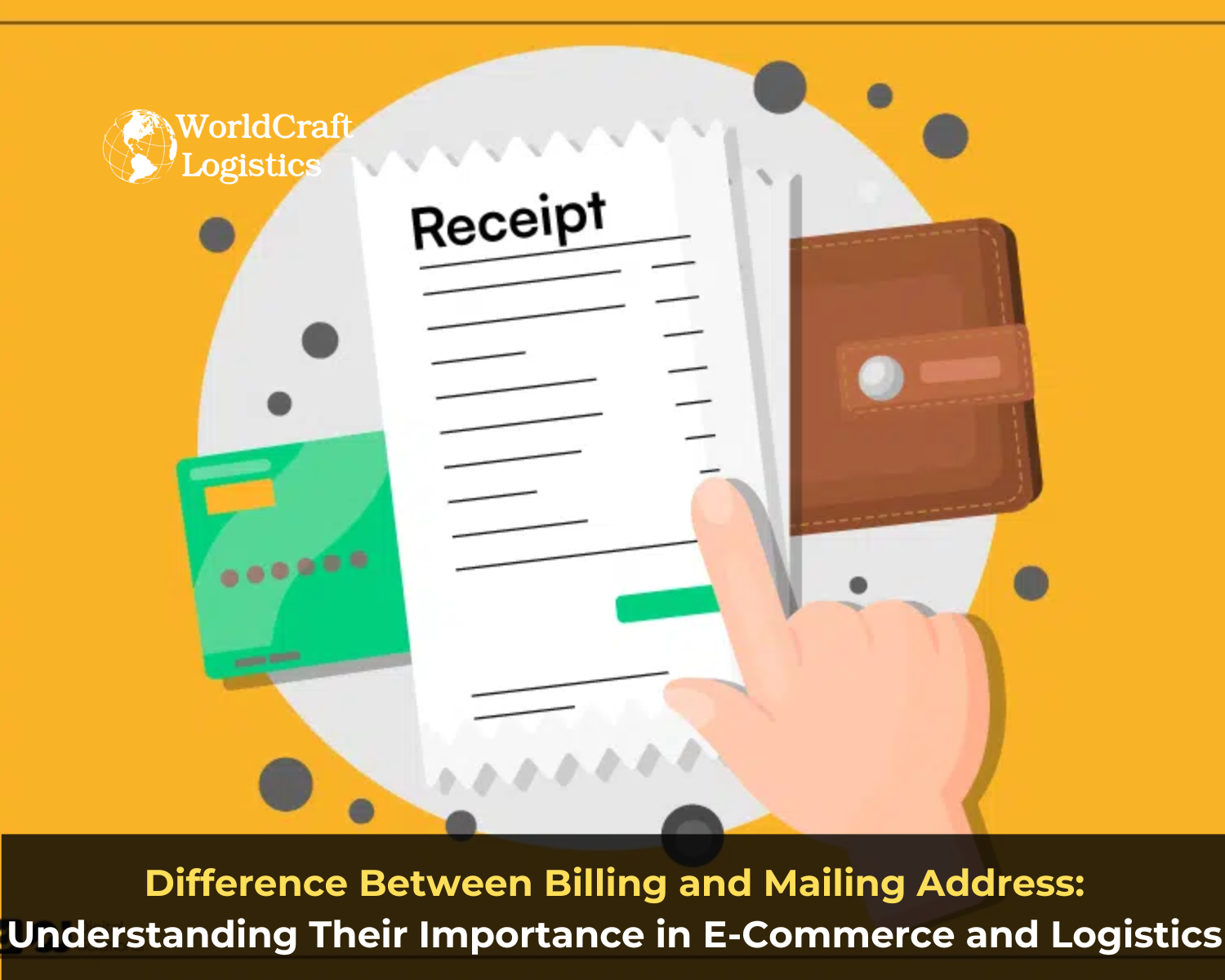
Education
08/28/2024

Education
11/13/2023